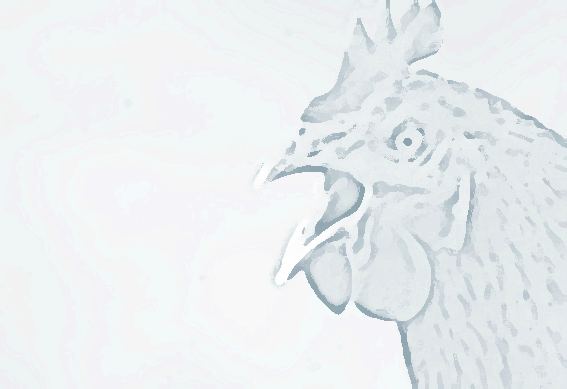A case study on the economics of premium food.
In the late 1990’s, Scottish archaeologists unearthing the Vaults of Edinburgh discovered an interesting insight into the eating habits of the early 19th century inhabitants – thousands upon thousands of oyster shells. To the poor living in the squalid, recessed arches under South Bridge Edinburgh, oysters were purely sustenance – they ate what they could get and oysters were plentiful and cheap.
Two centuries later, oysters are associated with restaurants, aproned shuckers, beds of rock salt, slices of lemon – and a fair whack to the wallet.
Oysters are an example of a food which attracts a premium determined by simple economics. Once Oysters were ‘wild harvested’ relatively cheaply and easily. Over time, human populations and food demand increased, wild supply decreased, and as your economics teacher told you in high school, such a scenario causes prices to go up. Oysters eventually became a primarily commercially farmed product for the middle to upper classes, and one which now attracts a premium. (Those impoverished Edinburghians never knew how good they had it!)
In Australia, we are currently witnessing the graduation of another economically created premium food – the steak. The humble rump and the less humble T-bone, porterhouse or fillet steak were a centre piece on Australian plates through the second half of the twentieth century.
The first signs of domestic beef’s decline started in the seventies and the primary cause can be traced back to the rise of another meat – the chook. Chicken is out-competing beef in the animal protein race for share of the shopping wallet. But it isn’t due to flavour, health benefits or a goateed Kentuckian marketing pieces by the bucket. It is economics, and chicken has the edge.
There is no such thing as a free lunch in commercial animal production and as farming systems became increasingly intense to cope with demand, the cost of specialist animal feed materially influences the economics of meat. (Unlike oysters, nature cannot be relied upon to feed these beasts and birds for ‘free’.)
The central concept is feed to weight conversion efficiency.
Cattle need around 7kgs of feed for every 1 kg of weight increase. A chook on the other hand needs just under 2kgs of feed to put on 1kg of weight. It also takes less than 50 days for a meat chicken to grow from hatchling to broiler (eating size) whereas most beef cattle take one to two years. So not only does it take more than three times as much feed, but the time taken to convert the cost of feed to revenue is 12 times that for beef than for chicken. Notwithstanding differences in the cost of cattle and chicken feed, the net economic difference is marked and drives decision-making.
Innovations and breeding have made both industries more efficient over time but due to the ability to capitalise on the chicken’s already impressive metabolism, it was the chicken industry that made the greatest gains. In the early seventies, chicken was 33% cheaper than beef, whereas today, chicken is 60% better value, kilo for kilo.
Australian consumers, being a canny lot, have responded to the cost differential between beef and chicken by changing their eating habits (see graph) and the first beef product to move into premium fare is, not surprisingly, the most expensive cut – the steak.

Australian beef production has been relatively stable – but exports as a proportion of total production has grown to over 70% , and again, this change is driven by economics. The Australian steak has global demand and certain cuts attract a significant premium. Two hundred grams of top quality Australian raised Waygu sirloin in a Hong Kong restaurant will cost over $200 AUD.
Just like the oyster before it, steak has nestled itself into markets that are the domain of global consumers prepared to invest their disposable income into a food ‘experience’, separate to attaining life sustaining kilojoules (not to mention that the steak is typically washed down with a bottle of good vintage red followed by a truffle based dessert).
Next time you are enjoying an Australian BBQ with friends, observe the sizzling assemblage and consider a similar scene from the seventies (some readers may need to ask their parents). Beef is still present but odds on its via cheaper cuts and processed and/or marinated to improve its palatability. In addition, chicken is now common alongside seafood, pork and lamb (all worthy of their own separate story). The flotilla of steaks competing for BBQ real estate whilst being liberally splashed in lager by a terry-towelling hatted, Kingswood owning, fork poking host – have been consigned to cultural memory.
If you ask your fellow BBQers about their protein choice, many will say that collectively, Australia’s tastes are evolving and becoming more cosmopolitan and diverse – which is true – though not many realise that a key underlying driver is that a chicken’s physiology is economically more efficient than that of a cow.
Mark Narustrang is Principal Consultant and Director at Pivotal Point Strategic Directions. Mark has worked with numerous entities in various industries in understanding competitive advantage – including the advantage afforded by a chook’s metabolism!

